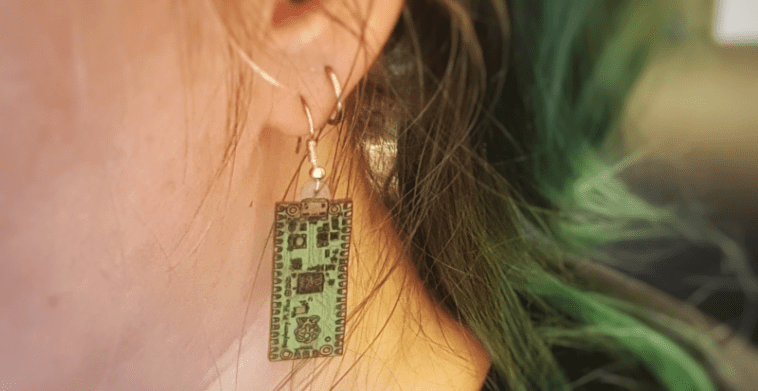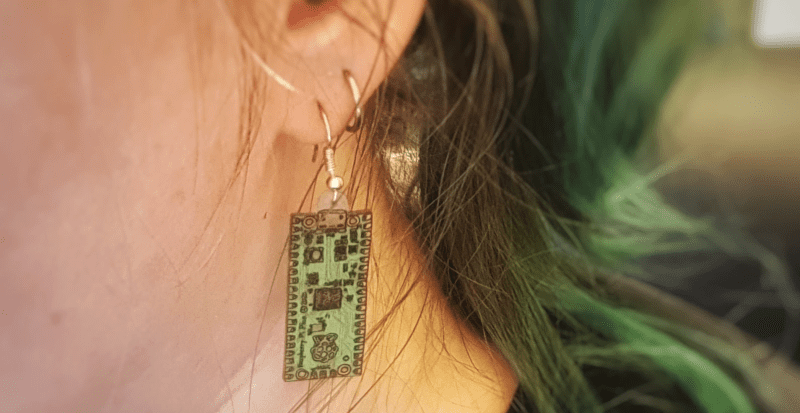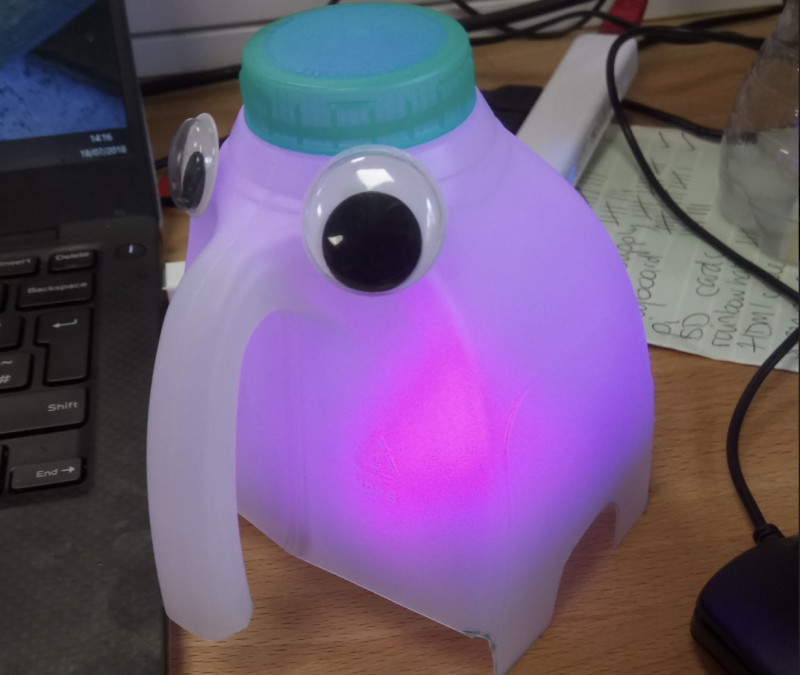“When I was 16, my dad put a Ford Sierra in front of me and said ‘take that apart’. I’d been taking things apart throughout my childhood and I think that was the first thing that was physically useful. I was lucky enough to work with a drag racing team for a few years on a Fuel Altered that did the quarter mile in 7.4 seconds. I carried on making anything I could, woodworking, drawing, knitting, crochet, smaller things mainly, then I discovered Raspberry Pi and got into learning my way around a Linux operating system, and started to teach myself Python.”
After working for our cool, gadget-making pals Pimoroni, Tanya is back at school working towards a PhD “in the effects of STEM outreach in schools”.
When did you learn about Raspberry Pi?
Probably in the later half of 2012, and a lot of my friends were using them as media servers. I got one for Christmas 2012 – and I still have it! I’ve used every model since, and I liked it that they were small enough to build into projects.
What is your favourite way to interact with the community?
My favourite way to get involved in the community is by volunteering at events like Raspberry Jams, sometimes giving talks, workshops, or just bringing along a project to talk about. Luckily, my previous employers were really supportive of that, and I loved standing at the stall and chatting with people about what they were making, and helping out with equipment choices. I try to write up personal projects, but documentation is time-consuming!
What has your experience been like with Raspberry Pi?
I think there’s a lot more to come from Raspberry Pi. I have never been a computing teacher, yet I have used a Raspberry Pi and coding for every subject I’ve taught. There’s a lot to be said for their creative use – last year one of my graphics students made an interactive video player controlled by children’s toys to teach history – and to say that they can go from not knowing any code to that shows the ease of use of Raspberry Pi. I look forward to using them in my teaching for years to come.




